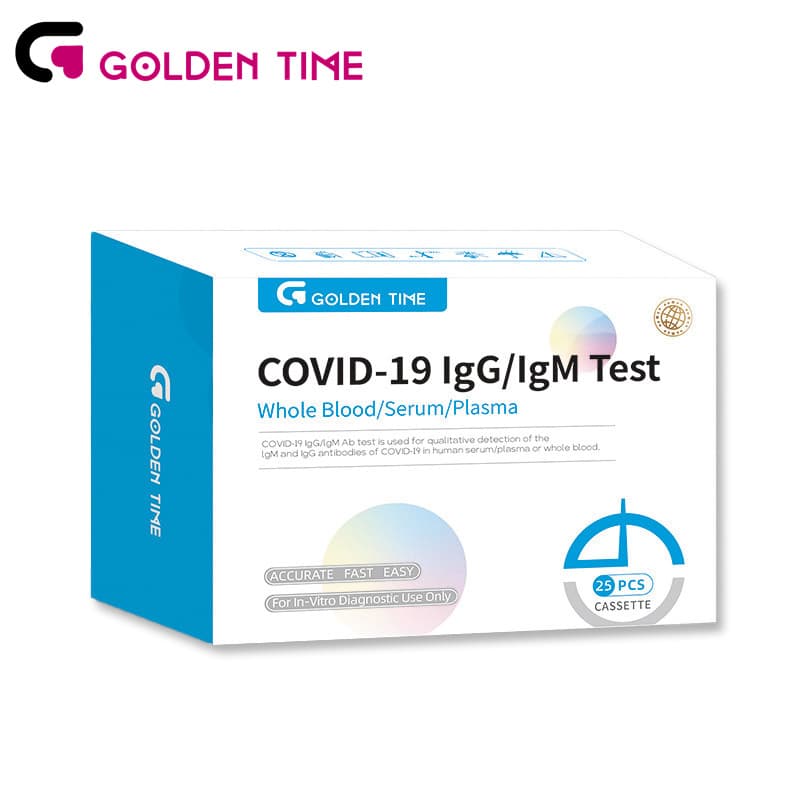12 月 . 05, 2024 18:47 Back to list
Understanding the Home HCG Test for Early Pregnancy Detection
Understanding Home HCG Tests A Comprehensive Guide
Home HCG tests have become a prevalent method for individuals seeking to confirm a pregnancy in the comfort of their own homes. Human Chorionic Gonadotropin (HCG) is a hormone produced by the placenta shortly after a fertilized egg attaches to the uterine lining. The detection of HCG in urine is the fundamental principle behind these home pregnancy tests.
How Home HCG Tests Work
Home HCG tests are designed to identify the presence of HCG in urine. When a woman becomes pregnant, her body begins to produce this hormone, and its levels increase rapidly in the early weeks of pregnancy. Most home pregnancy tests detect HCG levels as low as 20-25 mIU/mL, which typically appears about a week after a missed period.
To use a home HCG test, one simply follows these steps
1. Gather Materials Ensure you have a clean area and the test kit, which usually includes a test strip or midstream test. 2. Collect Urine Sample This can be done by either urinating directly on the test strip or collecting urine in a cup and dipping the strip into it.
3. Wait for Results Most tests will require a waiting period of a few minutes, during which the indicator shows the results, typically through colored lines or symbols.
4. Interpret the Results Generally, one line indicates a negative result (not pregnant), while two lines signify a positive result (pregnant). However, results may vary based on the brand, so it’s crucial to read the instructions.
Timing is Key
The accuracy of home HCG tests can depend heavily on when they are taken. For the most reliable results, it is recommended to test after the first day of a missed period or about two weeks after conception. Testing too early can lead to false negatives due to insufficient HCG levels in the urine.
home hcg test

Factors Affecting Accuracy
Several factors can influence the accuracy and reliability of home HCG tests
- Dilution of Urine Testing with diluted urine, often occurring when a woman drinks excessive amounts of water before taking the test, can lead to inaccurate results.
- Medications Certain medications, particularly those containing HCG for fertility treatments, can result in false positives.
- Expired or Damaged Tests Using tests that have expired or been improperly stored may yield unreliable results.
- Ectopic Pregnancy or Miscarriage In some cases, elevated HCG levels may occur without a viable pregnancy, leading to confusion in test results.
Follow-Up Testing
If a home HCG test yields a positive result, it is vital to follow up with a healthcare provider to confirm the pregnancy through a blood test or ultrasound. This visit can also provide an opportunity to discuss prenatal care and any concerns regarding early pregnancy.
Conclusion
Home HCG tests are a convenient and effective method for screening for pregnancy. By understanding how they work, the best times to test, and the factors that influence their accuracy, individuals can make informed decisions about their reproductive health. It is essential, however, to approach results with an understanding of their limitations and to seek professional guidance for confirmation and further health insights.
-
Early Pregnancy Test Kits Accurate & Fast Results Bulk Order Now
NewsMay.30,2025
-
Buy OPK Tests for Pregnancy Detection Bulk Supplier Discounts
NewsMay.30,2025
-
Buy OPK Tests for Pregnancy Detection Bulk Supplier Discounts
NewsMay.30,2025
-
Best At Home H Pylori Test Kits Accurate, Fast & FDA-Certified
NewsMay.29,2025
-
Accurate Syphilis Test Kits Trusted Suppliers & Manufacturers
NewsMay.29,2025
-
Wholesale Stool Occult Blood Test Kits Bulk Supplier Pricing
NewsMay.29,2025

